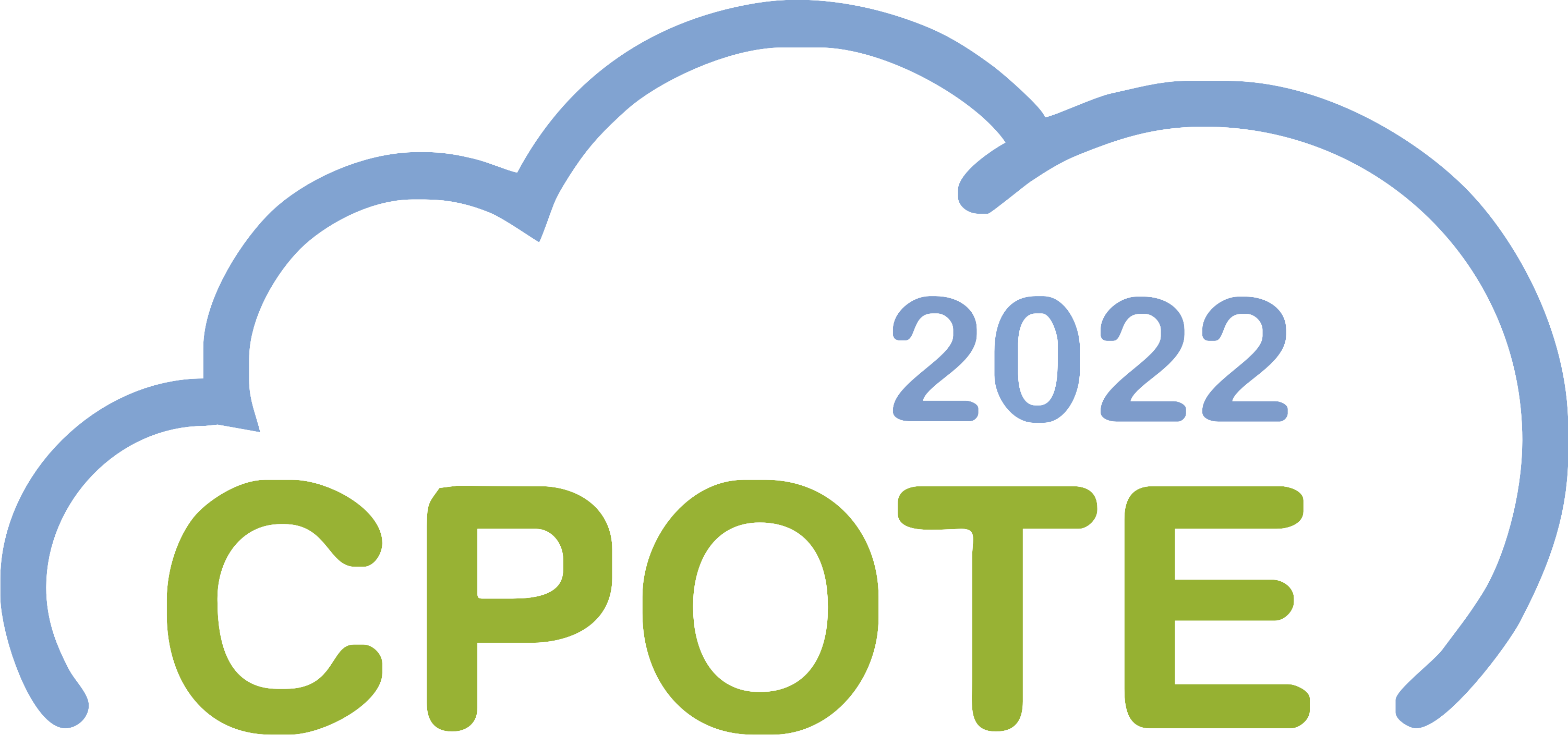
CPOTE2022
7th International Conference on
Contemporary Problems of Thermal Engineering
Hybrid event, Warsaw | 20-23 September 2022
7th International Conference on
Contemporary Problems of Thermal Engineering
Hybrid event, Warsaw | 20-23 September 2022
Abstract CPOTE2022-1066-A
Book of abstracts draft












Thermochemical co-liquefaction of fruit pomace’s blends in a binary solvent system towards value-added bioproducts
Mariusz WĄDRZYK, AGH University of Science and Technology, PolandRafał JANUS, AGH University of Science and Technology, Poland
Łukasz KORZENIOWSKI, AGH University of Science and Technology, Poland
Marek PLATA, AGH University of Science and Technology, Poland
Global consumption of fruits and vegetables is continuously increasing. Poland belongs to the most meaningful producers of fresh food products in the European Union. For example, it can be illustrated by the fact that it is among the top suppliers of apples, cherries, carrots, as well as different varieties of currants. A significant part of those products are subjected to further processing which results in the generation of an abundant amount of wet residues, such as pomace or sludges. Therefore, it is of paramount importance to seek reasonable technologies/ways of further processing of such troublesome waste (due to the high content of moisture and the resultant low stability of the biochemical matrix) is of paramount importance. In the present paper, the possibility of co-processing of different industrial residues in the form of fruit pomaces through thermochemical liquefaction was investigated. More specifically, industrial wastes received from commercial juice production, i.e. blackcurrant, apple and cherry pomaces were converted under subcritical conditions of the water-isopropanol solvent system (1:1 wt. basis). Liquefaction tests were carried out in a batch autoclave under fixed conditions, i.e., processing temperature (275 °C), residence time (30 min) and biomass to solvent ratio (1:9 wt. ratio). We particularly focused our research on testing binary feedstock systems as well as ternary feedstock mixtures and the possibility to predict the biocrude yield based on the linear model. We also tested the influence of feedstock blending in terms of the elemental composition of the final products. The composition of the resultant bioproducts was analyzed by means of infrared spectroscopy and elemental analysis. The yield of biocrude as the desired group of products varied from ca. 45% to 54% by weight and exhibited high energy density (ca. 30-32 MJ/kg). The postulated approach aims to increase the flexibility and profitability of future technology of processing useless waste toward value-added bioproducts generation for the chemical and energy sector purposes.
Keywords: Bio-oil, Industrial waste valorisation, Hydrothermal liquefaction, Co-processing, Alternative fuels
Acknowledgment: The research was funded under the support of the National Center for Research and Development in Poland within the grant number LIDER/58/0241/L-11/19/NCBR/2020.